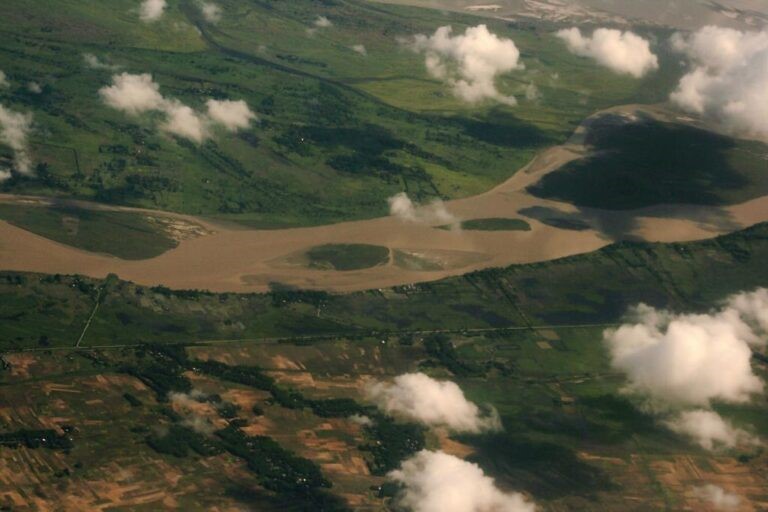Free Courses Sale ends Soon, Get It Now


Free Courses Sale ends Soon, Get It Now



Disclaimer: Copyright infringement not intended.
Context
The high-level committee for Yamuna’s rejuvenation has set a target for the floodplain’s demarcation.
Details
Floodplain
Floodway
Flood fringe
Geology of a Floodplain
Erosion
Aggradation
Oxbow lakes
Deposit of alluvium
Crevasse splay
Bank filtration
Fluvial Terraces
Significance of Floodplains
Agriculture
Transportation
Zoning of Flood Plains in India and Significance
Way ahead
However, despite the existence of floodplain zoning regulations, enforcement and compliance can be challenging due to various factors such as rapid urbanization, informal settlements, and inadequate resources for monitoring and enforcement. Additionally, the effectiveness of floodplain zoning depends on comprehensive flood risk assessment, public awareness, and stakeholder engagement in the planning process. Ongoing efforts are required to strengthen floodplain management practices in India to address evolving flood risks in the face of climate change and urban development pressures.
|
PRACTICE QUESTION Discuss the role of floodplains in hydrological processes and their significance in flood risk management, considering both natural and anthropogenic factors." |
© 2024 iasgyan. All right reserved